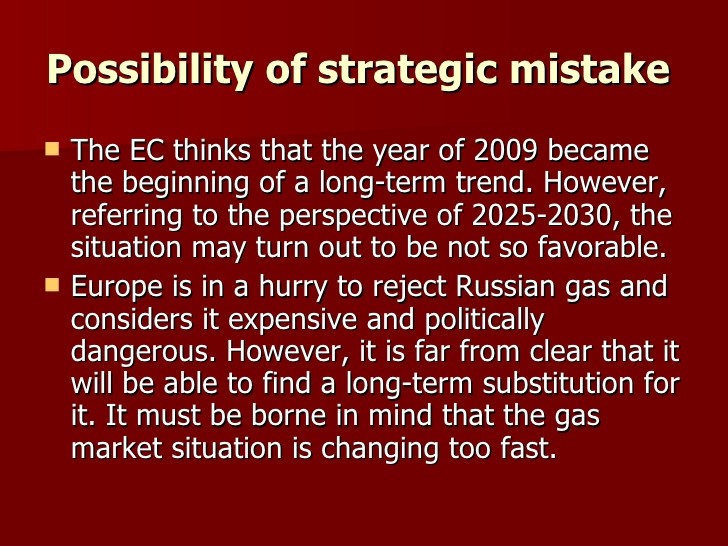Diversification Strategies and Mistakes
Post on: 20 Август, 2015 No Comment

How to Know You Are Diversified
You can opt-out at any time.
Please refer to our privacy policy for contact information.
How do you know you are properly diversified? Diversification can be described as putting your eggs in different baskets. But a common mistake investors make is when they think, that by just using more than one basket, they are diversified.
Here are some simple guidelines on the art of diversification.
On the most basic level, there are two major categories of mutual funds — stock funds and bond funds. You can also invest in money market funds. which represent the cash asset class.Therefore diversification on the most simple level is to invest in one stock mutual fund and one bond mutual fund. Money market funds can also be an appropriate part of a portfolio, depending upon the investor’s objective and risk tolerance .
Asset allocation describes how investment assets are dividend into the 3 basic investment types — stocks, bonds and cash — within an investment portfolio.
For a simple example, a mutual fund investor might have 3 different mutual funds in her portfolio: Half of her money is invested in a stock mutual fund and the other half is divided equally among two other funds — a bond fund and a money market fund.
The investor’s asset allocation is as follows:
- 50% Stocks
- 25% Bonds
- 25% Cash
In this regard, asset allocation describes the investors mix of investment assets. However, asset allocation can also describe the decision process of allocating (diversifying) investment assets.
But when you go beyond the basic asset types of stocks, bonds and cash, there are other types and categories to understand before you can be sure you are properly diversified.
Stock funds are first categorized in terms of the average market capitalization (size of a business or corporation equal to the share price times the number of outstanding shares). The market cap categories are then divided into large-cap, mid-cap and small-cap. Then stock funds are typically divided into styles, such as growth or value.
Bond fund categories are separated into different bond types, such as corporate bonds, US Treasury bonds. and municipal bonds. They can also be categorized by maturity, such as long-term, intermediate-term, and short-term.
How can Dave Ramsey, one of the most popular and respected personal finance gurus, be wrong about mutual fund diversification? I love Dave’s simple approach to investing and I can give him at least partial credit for my own path to a career in financial advice and investment management.
But with all due respect, Dave’s Investing Philosophy. specifically regarding diversification with mutual funds, is fundamentally incorrect. Take a look at this sample from his website:
Dave recommends mutual funds for your employer-sponsored retirement savings and your IRAs. Divide your investments equally between each of these four types of funds:
- Growth
- Growth & Income
- Aggressive Growth
- International

Choose A shares (front end load) and funds that are at least five years old. They should have a solid track record of acceptable returns within their fund category.
If your risk tolerance is low, which means you have a shorter time to keep your money invested, put less than 25% in aggressive growth or consider adding a Balanced fund to the four types of funds suggested.
The only aspect of diversification that Dave gets correct here is that there is more than one category of mutual funds that he recommends (although, for the sake of fairness, he does not ever specifically call his guidance advice). However, all of these 4 categories are similar in that they may include identical stocks and none of them includes bonds or cash. Therefore, a beginning investor, which includes a large part of Dave’s audience, can easily make the mistake of investing 100% of their savings in just one asset type (stocks) and they may all invest in a similar type, such as large-cap stocks .
Mr. Ramsey’s recommended types of funds have high potential for overlap, a primary enemy of investors wanting to diversify their holdings. Overlap occurs when an investor owns two or more mutual funds that hold similar securities. For a simple example, if an investor owns two stock mutual funds and they both invest in many of the same stocks, the similarities create an effect of reducing the benefits of diversification by increasing exposure to those same stocks — an unwanted increase in market risk .
The most simple way to detect and avoid fund overlap is to look at the fund categories to be sure your mutual funds do not share similar objectives. For example, try not to have more than one large-cap stock or index fund, one foreign stock fund, one small-cap stock fund, one bond fund, and so on. For example, Dave Ramsey’s recommended fund types could all easily hold large-cap stocks. This would mean 100% exposure to just one area of the stock market, not to mention it completely ignores other asset types, such as bonds and cash.
I’m not trying to single out Dave Ramsey here but his diversification mistakes are too common not to address them directly here. Another key mistake he and other investors make comes from confusion over use of the ambivalent term, international, which by definition means that the mutual fund can invest in stocks of companies all around the world, including the United States. So international stock does not necessarily mean foreign stock.
Therefore, if an investor living in the US wants to diversify, and one of their funds is international stock or world stock, that fund might have 50% or higher exposure to US stocks. That’s not diversification!
It would be more responsible to recommend the foreign stock category. which by definition invests 80% or more outside the US. Another foreign stock category, although more aggressive, is emerging markets stock. which will only invest in countries that are not considered developed. Therefore you will not find any US stocks, and usually no European stocks, in an emerging markets fund.
R-squared (R2) is a statistical measure that investors can use to determine a particular investment’s correlation with (similarity to) a given benchmark. the benchmark is an index, such as the S&P 500. that is given a value of 100. A particular fund’s R-squared can be considered a comparison that reveals how similar the fund performs to the index. If, for example, the fund’s R-squared is 97, it means that 97% of the fund’s movements (ups and downs in performance) are explained by movements in the index.
For a simple example, let’s say you are building a portfolio of mutual funds and want to build around an S&P 500 Index fund. The next step is easy: Add a bond fund. So far, you are diversified. But what other stock funds will work and how can R-squared help?
You can look up R-squared on a fund analysis site, such as Morningstar. usually under a link to ratings or risk measures. If you are analyzing a fund that you are considering adding to your portfolio, and the R-squared is 95% compared to the S&P 500, you may want to pass on this fund because it is too highly correlated to your S&P 500 index fund. In different words, an R-squared too close to 100 will not help you diversify your portfolio in this case!
Two primary examples of funds that are diversified enough where you may not need other funds, include balanced funds and target date funds.
Balanced Funds. also known as hybrid funds. are mutual funds that provide a combination (or balance) of underlying investment assets, such as stocks, bonds and cash. This is asset allocation in its simplest of forms. Balanced funds usually have a stated objective described as aggressive, moderate or conservative. For example, Fidelity Balanced Fund (FBALX) maintains a moderate (medium risk) allocation with approximately 65% stocks, 30% bonds and 5% cash. Balanced funds can be used as core holdings of a mutual fund portfolio or they can be used for beginners as a first fund. Either way, balanced funds are diverse and professionally managed — a win/win for the one-fund approach.
Target-Date Funds are just as they sound: They are funds that invest for a particular date in time. These funds are common in 401(k) plans and can be used in the one-fund approach. If are investing for retirement, you may consider one of Vanguard’s target retirement funds. For example, someone who plans to retire in or near the year 2030, could use Vanguard Target Retirement 2030 (VTHRX). As the target retirement year draws closer, the fund manager will gradually decrease the stock allocation and increase the bond and cash allocation (evolving from aggressive to moderate to conservative) over time.
A lazy portfolio is a collection of investments that requires very little maintenance. It is considered a passive investing strategy. which makes lazy portfolios best suited for long-term investors with time horizons of more than 10 years. Lazy portfolios can be considered an aspect of a buy and hold investing strategy. which works well for most investors because it reduces the chances of making poor decisions based upon self-defeating emotions, such as fear, greed and complacency, in response to unexpected, short-term market fluctuations.
There a several examples of lazy portfolios but here is one of the most simple:
40% Vanguard Total Stock Market Index Fund
30% Vanguard Total International Stock Index Fund
30% Vanguard Total Bond Market Index Fund
In this example, the investor can use one mutual fund company, Vanguard Investments. which has a great selection of no-load index funds, while using funds that provide broad diversification across different market capitalization (large-cap, mid-cap, small-cap), worldwide exposure (both US and foreign markets) and broad bond market exposure.
By following the basics of diversification found in this article, you can protect against the worst of market conditions. For example, the worst 10-year performance for stocks in recent history is the so-called lost decade, which was from the beginning of 2000 through the end of 2009. During the period, and investment in even the best of S&P 500 Index funds would have resulted in a loss of roughly -1.00%.
This summarizes the main idea of diversification, which is to achieve reasonable returns while taking a reasonable amount of risk. But to do this, you need to follow the above rules and guidelines to be sure you are, in fact, diversified. If you blindly choose a few different funds just for the sake of having more than one basket to place your eggs, you may be making a classic mistake.
Disclaimer: The information on this site is provided for discussion purposes only, and should not be misconstrued as investment advice. Under no circumstances does this information represent a recommendation to buy or sell securities.














